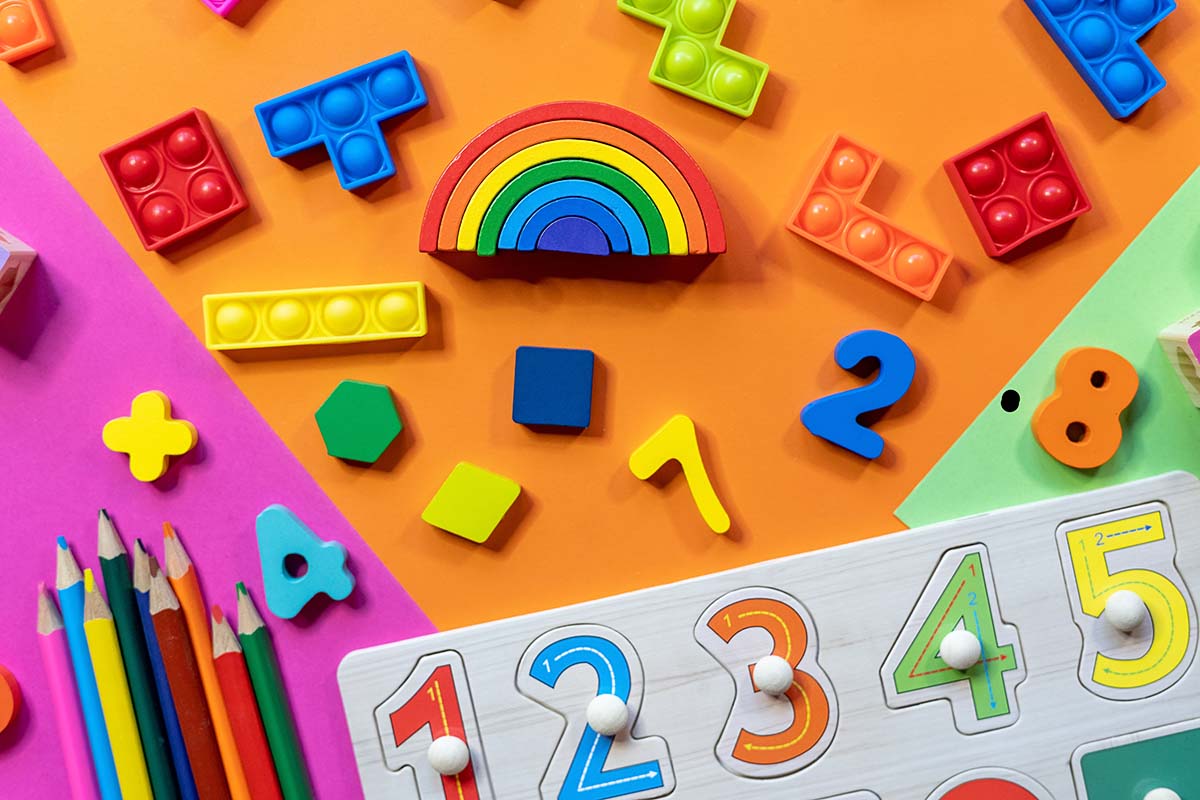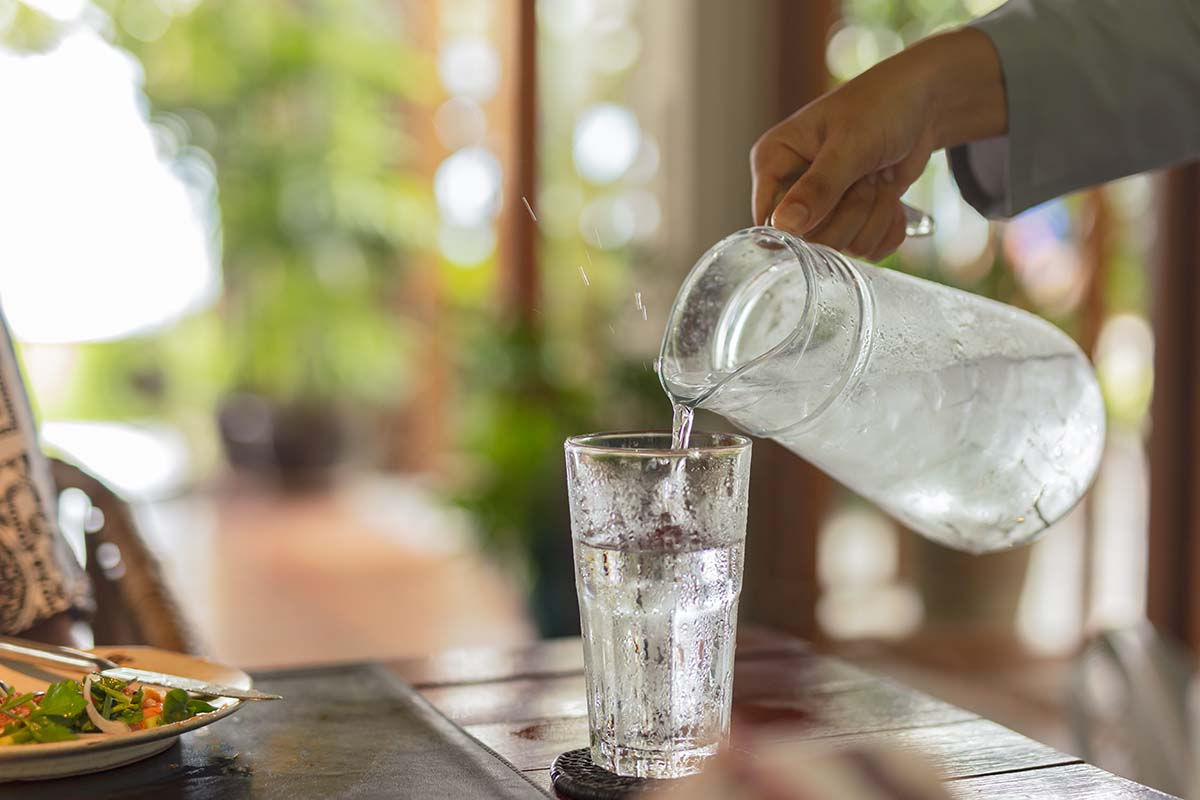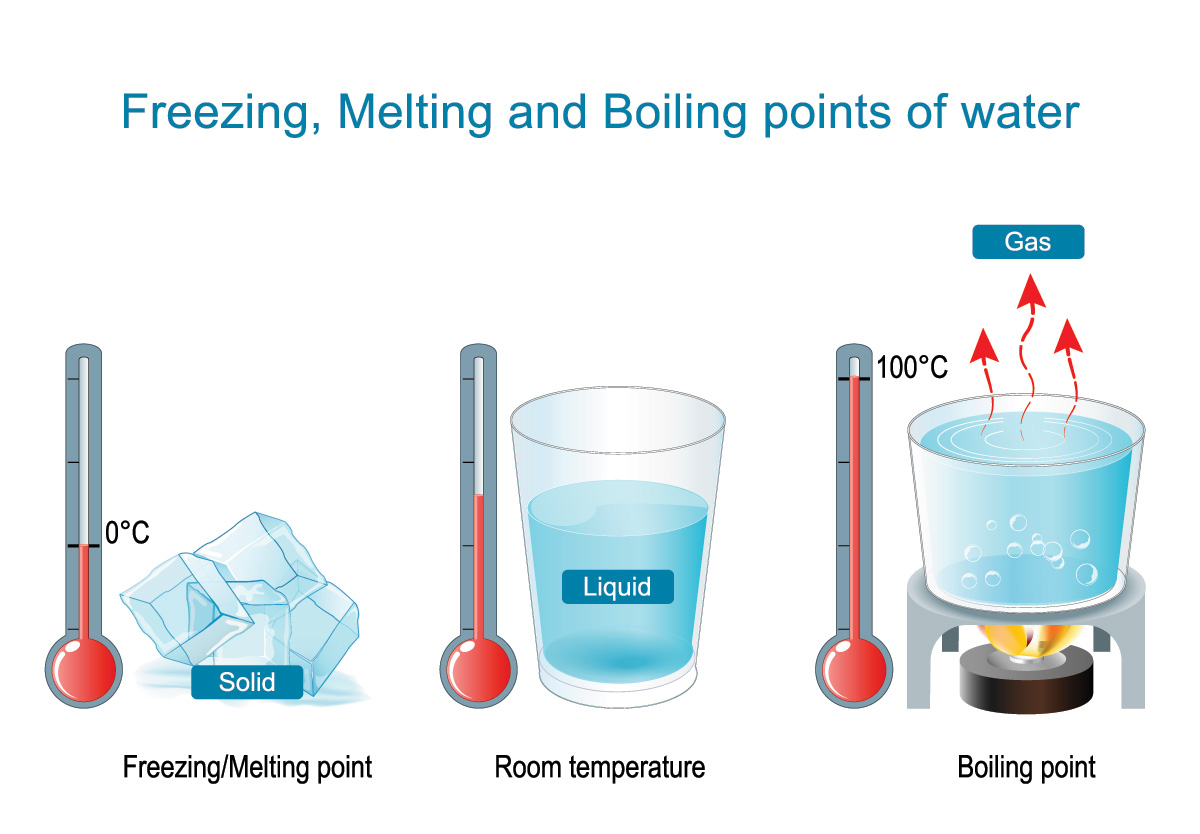STEM subjects (Science, Technology, Engineering, Math) help build important skills kids need for school and in their future careers. STEM classes have the added benefit of improving problem solving, creativity, and adaptability that come with these subjects. Here at Spark Math we not only excel in putting the “M” in STEM, we know the importance of making STEM part of everyday life. In this new series, we are going to explore some of the most fun, interactive, and educational STEM activities by grade level, that you can try at home. Check out these fun STEM activities for 5th grade kids!

1. Construction paper PEMDAS (Order of Operations)
Over the years, students learn many different math concepts. Up until now, multiplication, division, addition, and subtraction were not mixed in equations. As students enter 5th grade, they begin to engage in more complex questions that include different math concepts all in the same equation. In order to solve more complex equations, like 3(3)x(6×5) – 14÷2 students must learn the correct order to solve a problem like this. This is known as the “Order of Operations” or the order in which you solve parts of an equation.
The easiest way to learn the correct order is to remember the acronym PEMDAS. PEMDAS stands for Parenthesis, Exponents, Multiplication and Division, Addition and Subtraction. This is the order that these more complex math equations need to be solved. With a few household items, students can create countless equations. In this fun activity, families can use the same numbers and symbols to create brand new equations and try and solve them in different ways.
What you need:
- Construction paper or cardboard
- Scissors
- Pencil or Pen
- Paper (to solve)
Instructions:
- Draw numbers onto pieces of construction paper or cardboard that are about four inches long (Start off by using the same numbers like five numbers 4s).
- Draw the different symbols about four inches long {(, ), x, ÷, +.–}.
- Draw the exponent about two inches long (Start with a 2 to create a squared number).
- Cut out all the numbers and symbols you’ve drawn and get ready to solve!
Build and solve!
Now that you have all the pieces, it’s time to build our first equation. Start by putting the numbers down with space to add all the symbols and exponents.
7 7 7 7 7
Now add the symbols and exponents!
7 (2) x (7 +7) ÷ 7 – 7
Time to solve this complex math problem using PEMDAS!
Mix and match the symbols and exponents to create new problems and see how the answers change based on where the symbols are. Try and see how many different equations can be created using the same symbols and numbers. With this activity, students can see how even the slightest change in an equation can create a whole new way to solve. By following PEMDAS, even the longest questions can be broken down and answered correctly.

2. Water in all its states of matter
In 5th grade science, students learn about the 3 main states of matter: solid, liquid, and gas. While there are other states of matter found in outer-space, these are the 3 states most commonly found on Earth. Matter is all around and part of life whether you realize it or not. Just because something is in one state most of the time doesn’t mean it can’t transform into another with the right circumstances.
What is the most common substance people use everyday in all its states? Water. Water can easily change forms of matter, known as a phase change, with a change in temperature. With the power of the different forms of water, people can do everything from staying cool to cooking an amazing meal. Here are the different forms of water (solid, liquid, and gas), and how we use it every day.

Phases of Water Experiment:
When fresh water cools down to a temperature of 32° Fahrenheit or 0° degrees Celsius, it becomes a solid, called ice. Phases of matter can change with different circumstances. See what happens to water and ice, when we add something simple like table salt.
What you need:
- 2 glasses of water
- Salt
- Teaspoon
- 2 thermometers
- A freezer
Instructions:
- Put water into 2 glasses.
- In one of the glasses pour in 2 teaspoons of salt and mix it into the water.
- Place a thermometer into each glass and put them in the freezer.
- Every half hour check the glasses and see what happens.
Question to ask:
Is one freezing faster than the other?
What temperature is the water when it starts to freeze?
Are the freezing at the same rate or is there a difference between glasses?
What is Happening?
Fresh water, the type people drink, freezes at 32° Fahrenheit or 0° degrees Celsius. When we mix in salt, it creates a chemical reaction in the water and a new, lower freezing point is established. The temperature the salt water needs to freeze lowers, making it take longer to freeze. The reaction between the water and salt changes the circumstances needed for the water to freeze. This is why people put salt on snow to help it melt.
Adding salt to water also also changes the temperature requirement for water to become liquid and gas. Salt water needs a lower temperature to become liquid again. If you take out both glasses of water and leave them out at room temperature to thaw, the salt water will start to melt faster. When salt is added, it makes it harder for water molecules to escape from the pot and enter the gas phase, which raises the boiling point of salt water. (p.s. A yummy benefit of adding salt to water at the beginning of the cooking process is that salt can migrate into the food early, seasoning it better.
Curious to explore other states of matter of water? Here’s an idea. Cooling off with a cold glass of ice water on a hot and humid day will show you how water is always changing phases.

3. Dominoes: Making fractions and whole numbers
Dominoes are perfect for learning and using fractions. With each having two specific sections with different numbers, a vertical domino becomes the representation of a fraction. In 5th grade, students start learning how to turn improper fractions into whole numbers. An improper fraction is one where the numerator is bigger than the denominator, and can be broken down to whole numbers and proper fractions. Being able to break down these fractions helps students better understand division, decimals, percentages, and more. Here’s an easy fun way to practice creating proper fractions using only dominoes and a bag.
What you need:
- Dominoes
- A bag or hat
- Pencil and paper to solve.
Instructions:
- Put all the dominoes into a bag or hat, shake them up, and pick a domino at random.
- Make sure the larger number is in the numerator position, creating an improper fraction
- Break down those fractions into whole numbers and proper fractions.
Challenge yourself with random fractions!
This helps create random fractions to work on. If you’re looking for another challenge pick out 2 different fractions, make them proper fractions, and then add or subtract them. With this activity, you can continue to practice with new fractions, without the repetitive feeling of worksheets.
Build STEM and Math Skills With Spark!
Looking for more fun and interactive STEM activities for every grade? Check out our Spark Math blog for great news and activities the whole family can enjoy. Looking for a weekly online class filled with learning activities, gamified learning, and all led by real experienced math teachers? Sign up for a free demo class today! Looking for more great resources, blogs, and activities from Spark Math for the summer? Check out our Pinterest Page!
Pre- K / Kindergarten – First Grade – Second Grade – Third Grade – Fourth Grade – Fifth Grade




